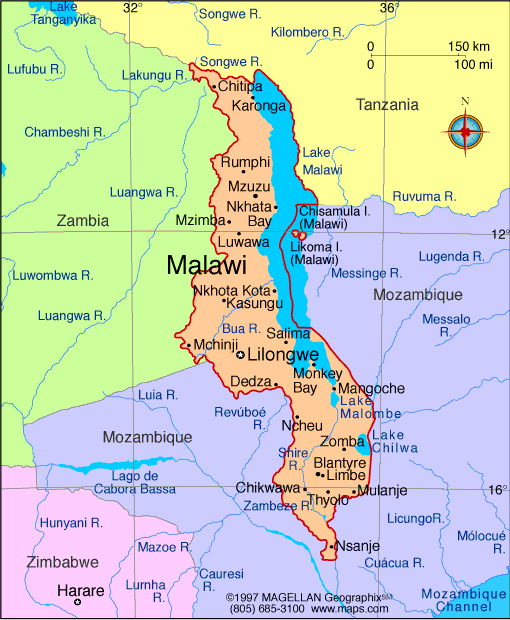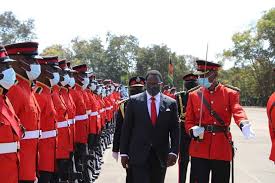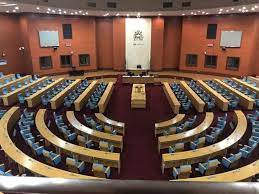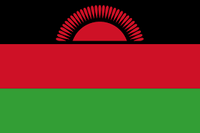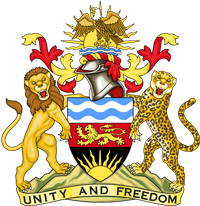HISTORY
Although Malawi has not yet yielded much in the way of homini remains (to date, only one jawbone dated at around 2.5 million years) it is in this region that the earliest ancestors of humans lived. The roots of language, story and communication were formed here. Before recorded history, movements of peoples swept central Africa and national boundaries were not recognised. Only with the colonial influx were borders and nations established - often with little reference to the people who lived there. Africa was involved from earliest times in trade withplaces as far away as Arabia, India and China. Slave taking and the exchange of gold, ivory and other tropical products for desirable exotic goods took place long before travellers arrived from Europe. There is a strong Islamic influence, especially around the lake, from these early contacts, which predated a powerful Christian initiative into the region through missionaries such as David Livingstone and many other. The region was once part of the Maravi Empire. In colonial times, the territory was ruled by the British, under whose control it was known first as British central Africa and later Nyasaland. It became part of the Federation of Rhodesia and Nyasaland. The country achieved full independence, as Malawi, in 1964, with Dr. Hastings Kamuzu Banda as Prime Minister, later (Life) President. The current President is His Excellency Dr. Lazarus McCarthy Chakwera who was elected after Fresh Presidential Elections that were held on 23rd June, 2020. Dr. Saulos Klaus Chilima is the country's Vice President.
GENERAL INFORMATION
Malawi the warm heart of Africa, set at the southern and of Africa's Great Rift Valley is a cradle of lakes and rivers. Covering a total area of 118,484 sq.kms, it stretches some 900 kilometres north to south and between 90 and 161 kilometres east to west.
In 2018, Malawi's National Statistical Office (NSO) conducted the Population and Housing Census (2018 PHC). Below are some demographic factors that were presented in the 2018 PHC.
___________________________________________________
- Total population (2018) - 17,563,749
- Southern Region (2018) - 7,750,629
- Central Region (2018) - 7,523,340
- Northern Region (2018) - 2,289,780
- Population Density (2018) - 186 per sq. km.
- Population Growth - (2018) - 2.9%
- Literacy Rate (2018) - 68.6%
POLITICS AND GOVERNMENT
Malawi is a Republic and gained independence from Britain on July 6, 1964 and became a multiparty democracy in 1993. The Government of the Republic of Malawi is made up of three arms: The Executive, The Legislative and The Judiciary.
The Executive:
The President heads the Executive arm of Government. The President is the Head of State, Head of Government and the Commander-in-Chief of the Malawi Defence Force.
The Legislative:
The Legislative arm of Government is the Parliament of Malawi. Parliament is presided by the Speaker of the House and in his absence the Deputy Speaker both of who are elected by Members of Parliament. Parliament consists of 193 members when fully constituted.
The Judiciary:
The Judiciary is the third arm of Government vested with judicial authority and is independent. The Lord Chief Justice heads the Judiciary and is deputized by the Deputy Chief Justice.
THE ECONOMY
Malawi has an agro-based economy with the agriculture sector accounting for over 35.5 percent of GDP, employing about 84.5 percent of labor force and accounting for 82.5 percent of foreign exchange earnings.
Agriculture is characterized by a dual structure consisting of commercial estates that grow cash crops and a large smallholder sub-sector that is mainly engaged in mixed subsistence farming. Maize, the staple food, accounts for 80 percent of cultivated land in the small-holder sub-sector. The main agricultural export crop is tobacco, followed by tea, sugar and coffee.
The manufacturing sector accounts for 11 percent of GDP and comprises mainly agro-processing activities in the tobacco, tea and sugar industries. Distributions and services represent about 22 percent of GDP.
Malawi National Flag
Malawi Coat of Arms
Downloads:
